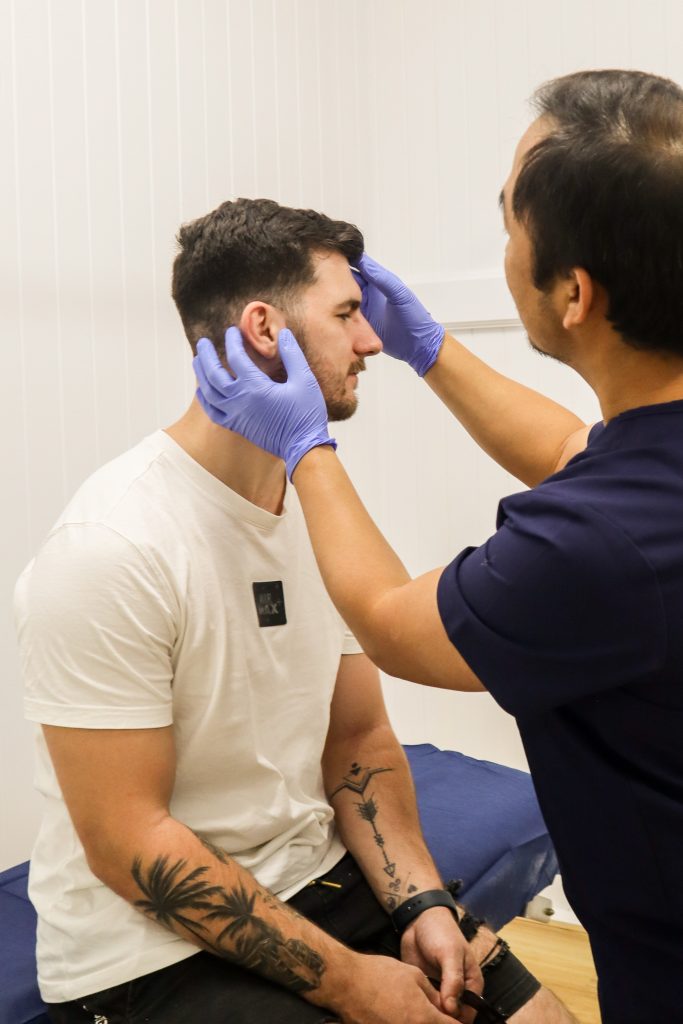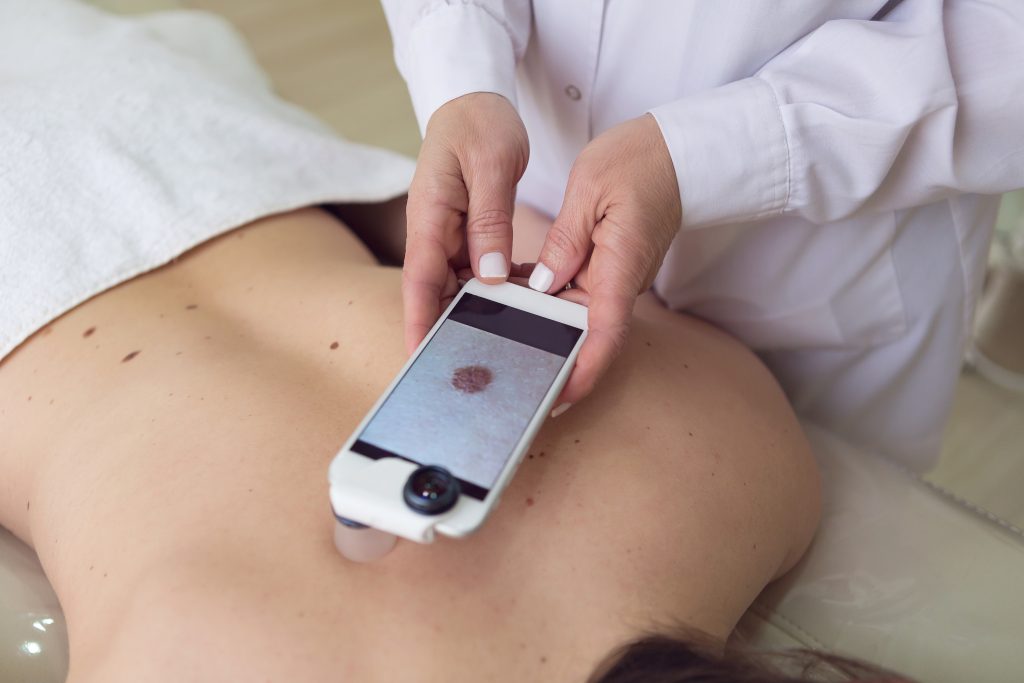
Digital Skin Photography
At Skin C Skin Cancer Clinic Ipswich, we offer advanced digital skin photography to help monitor changes in your skin over time. This non-invasive imaging supports early detection and accurate diagnosis of skin cancer, especially for high-risk patients. Our Ipswich clinic uses medical-grade cameras to securely document and compare moles, lesions, and other skin features at each visit.
What Is Digital Skin Photography?
Digital skin photography involves taking precise, high-resolution images of your moles, freckles, and other skin lesions.
These images are:
- Stored securely in your digital patient file
- Used as a baseline for future comparisons
- Reviewed during follow-up visits to identify any changes in shape, size, colour, or pattern
This tool enhances our ability to detect melanoma and other skin cancers early — especially for patients with many moles or atypical spots.

Why Choose Digital Skin Photography in Ipswich?
Advanced Digital Photography Equipment
We use state-of-the-art high-resolution cameras to capture detailed, accurate images of your skin lesions.
Expert Clinicians for Image Analysis
Our experienced team is skilled in analyzing skin images to detect any early signs of skin cancer, including melanoma.
Secure, Long-Term Image Storage
We store your skin images securely, allowing for reliable tracking and comparison over time.
Proactive Approach to Early Detection
Our proactive approach ensures any changes in your skin health are identified early, leading to more effective treatment.
Your questions answered
FAQ
How does digital skin photography help monitor my skin health?
Digital skin photography creates a visual record of your skin, allowing doctors to spot even the smallest changes in moles or lesions over time. This helps catch potential skin cancers earlier and reduces unnecessary biopsies.
Why is it useful in Queensland?
Due to Queensland’s high UV exposure and elevated skin cancer risk, digital skin photography helps track subtle changes in moles that may indicate early melanoma or other skin cancers, improving early detection.
How often should images be updated?
Your doctor may recommend new images every 6 to 12 months, depending on your risk factors. Regular comparisons help identify new or evolving lesions before they become a serious concern.
Is digital skin photography safe and private?
Yes. It’s a non-invasive, radiation-free process. All images are stored securely and used only for clinical monitoring by your healthcare provider.
Book Your Digital Skin Photography Session
Monitor the progression of skin lesions with high-resolution digital skin photography today!
